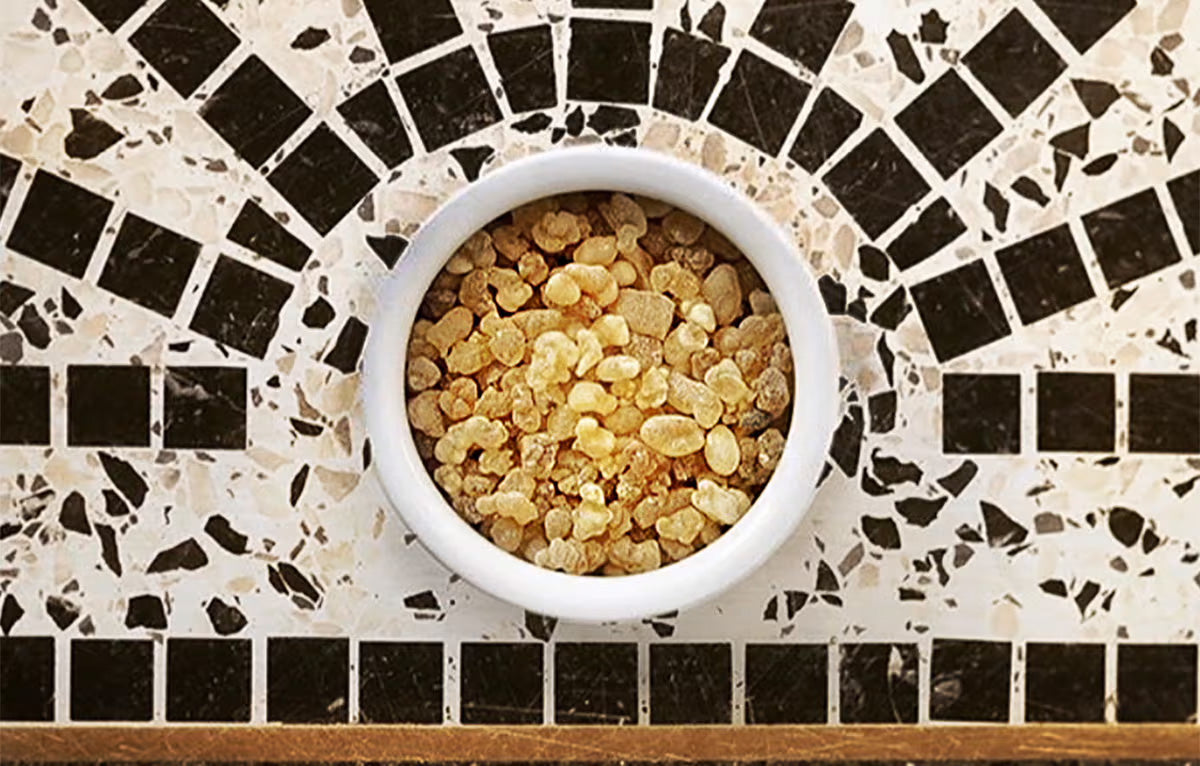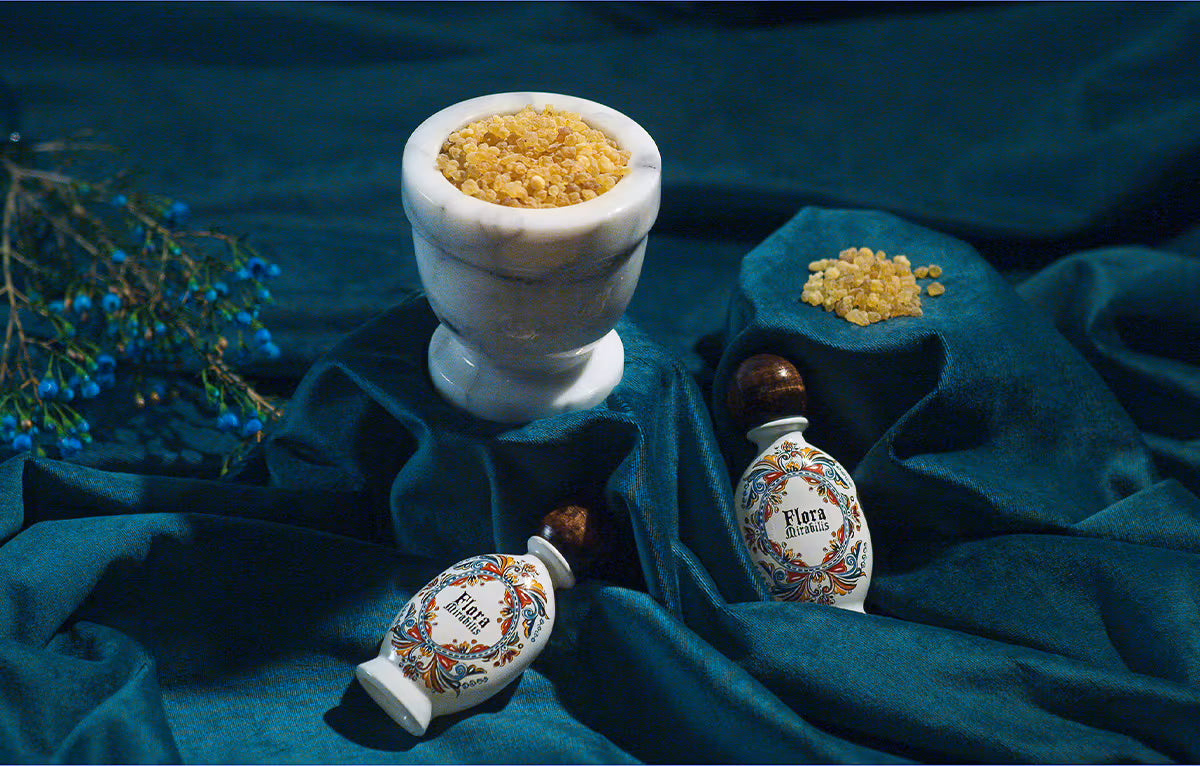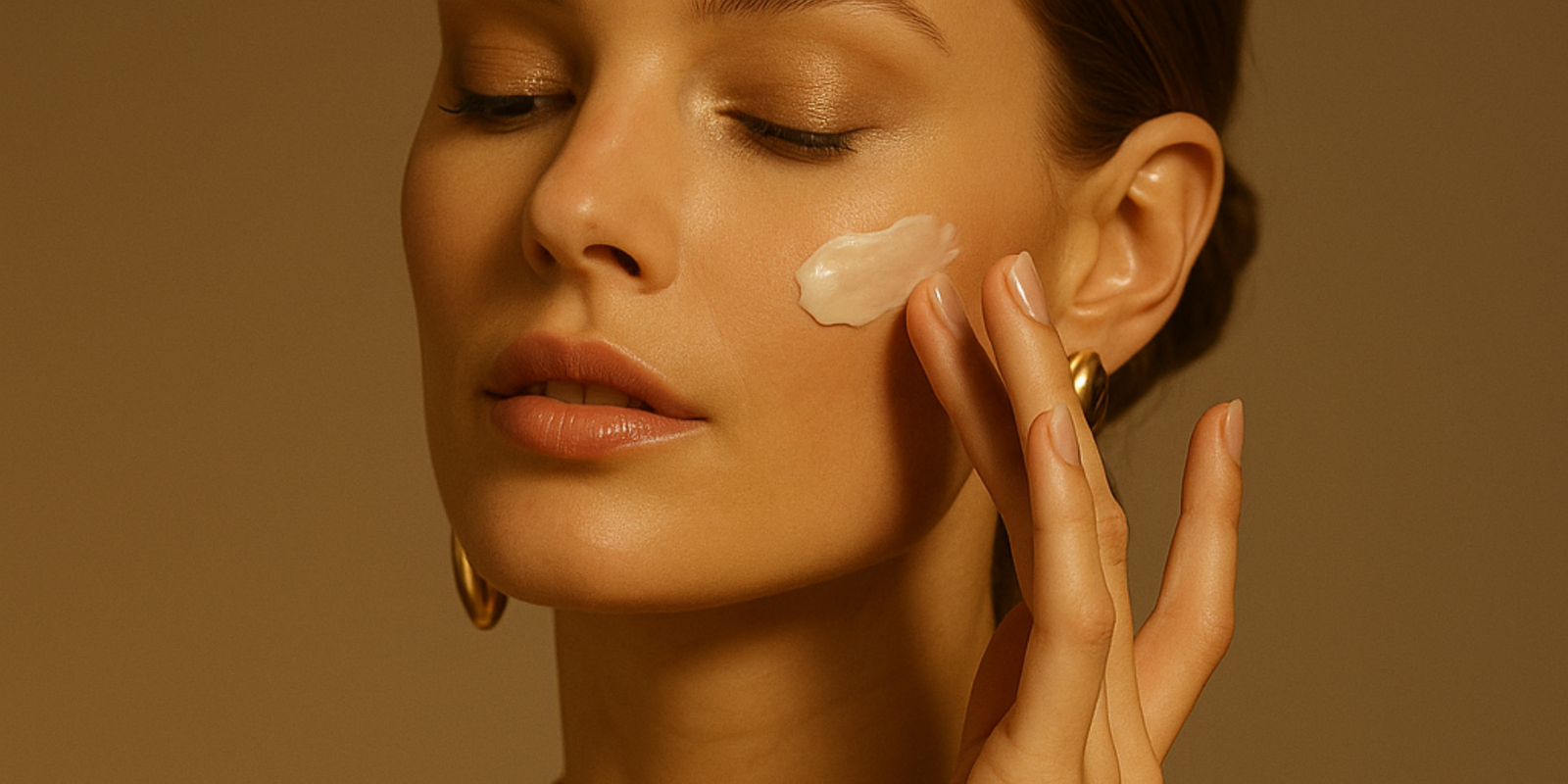EWG Verified & Leaping Bunny Certified | Free Gift $200+
EWG Verified & Leaping Bunny Certified | Free Gift $200+
Fight Inflammation with Frankincense Oil

Fight Inflammation with Frankincense Oil
What is Frankincense?
Frankincense is a golden-yellow resin that comes from the Boswellia (also called Olibanum) tree, a moderate to large size tree native to the mountains of India, across Northern Africa, and throughout the Middle East.
There are 25 species of trees in the genus Boswellia. Boswellia serrata, Boswellia sacra, and Boswellia frereana are the main species that have been thought of as ‘true Frankincense’ for thousands of years.
Where does Frankincense Oil come from?
Frankincense Oil is distilled from harvested tree resin. The resin is obtained by slashing the tree’s bark in early spring and then collecting it in bamboo baskets throughout the summer and fall. Each tree will produce resin for about three years, and then it will rest and regenerate for a few years more.
Traditional uses of Frankincense Oil.
Frankincense Oil has been used throughout recorded history for medicinal practices and important ceremonies. It has been used in curative remedies, beauty potions, fragrances, and incense. When lit with fire, the resin produces a smoke and scent that was thought to soothe the soul and please the gods.
Most importantly, though, it was one of the most valued herbs in ancient medicine for its ability to treat a wide array of inflammatory conditions, from skin disorders, infections, and hair loss to arthritis, asthma, and cardiovascular disease.

What’s In Frankincense Oil?
Frankincense Oil is made up of many chemical compounds. The primary constituents that give Frankincense Oil its healing properties include monoterpenes, diterpenes, and triterpenes (I recently wrote a blog post that goes into detail about what the different types of terpenes do- you can read that here), but most importantly, four varieties of Boswellic Acid.
Boswellic Acid makes Frankincense Oil a powerful anti-inflammatory.
Inflammation is a response of the body to halt cell injury, eliminate damaged tissue, and begin tissue repair. 5-Lipoxygenase (5-LO) is the primary enzyme responsible for inflammation, and an abundance of 5-LO can cause excess or chronic, long-lasting inflammation in the body. 5-LO also generates inflammatory chemicals that can trigger free radical damage, cellular adhesions, and calcium leakage.
Studies have shown that Boswellic Acid is an extremely powerful inhibitor of 5-LO. There are other plant compounds, such as quercetin, which help with inflammation, but Boswellic Acid is unique in its ability to target 5-LO specifically. Topically, this is incredibly beneficial for eliminating redness, swelling, and irritation.
Frankincense Oil clears acne and other skin conditions.
The terpenes in Frankincense Oil are known to be antibacterial antifungal and break down biofilms on the skin’s surface, which helps fight acne, topical candida, and skin conditions such as eczema, rosacea, and psoriasis.
Frankincense Oil has wound and scar healing benefits.
Wound healing is a process with four stages: blood clotting, inflammation, new tissue growth, and finally, tissue remodeling. When new tissue grows, type III collagen is produced, followed by type I collagen in the remodeling phase. An excess of type III collagen in the skin will cause excess scar tissue.
Frankincense Oil is capable of inhibiting the formation of type III collagen, so it can significantly reduce the formation of scars, particularly from acne and marks from picking or squeezing.
The future of Frankincense Oil.
Over the past two decades, Frankincense Oil has been gaining more and more attention from scientists for its use as an anti-inflammatory, anti-arthritic, liver protectant, pain reliever, and controller of coronary plaque. It will continue to be studied to define better its health benefits and the chemical compounds that are responsible for its effects.

Frankincense Oil in Flora Mirabilis skincare products.
I love Frankincense Oil for skin care because it helps fight acne and irritation. Over time, it can minimize scarring and uneven pigmentation to reveal healthier, glowing skin. We use the Boswellia serrata species of Frankincense Oil in both our Holy Grail Face Oil and Fountain Of Youth Cleansing Clay because it is the species most effective for treating a wide array of skincare concerns. The scent is also divine- earthy and woody with bright, citrus-like notes.
References.
https://www.ncbi.nlm.nih.gov/pmc/articles/PMC3309643/
https://www.hindawi.com/journals/omcl/2017/7468064/
https://pubmed.ncbi.nlm.nih.gov/25967706/
Also in Apotheca Edit

The Hidden Cost of Fillers: You’re Paying for Ingredients That Irritate Your Skin
Many skincare products rely on “filler” ingredients—fragrance, dyes, and texture agents that offer no real skin benefit and may contribute to irritation. Learn how to spot them and choose formulas built only with active, purposeful ingredients.

The Dangers of Designer Skincare
The price tag of luxury skincare doesn’t mean rare ingredients and better results. Many designer formulas prioritize packaging gimmicks and prestige over true skin health—often using silicones, synthetics, and preservatives that quietly damage your skin barrier. Learn about label transparency and why “premium” isn’t always better to reveal what skin nourishment really looks like.

The Top 10 Best (And Worst) Oils to Use On Your Face
I get asked all the time about using oils like avocado, olive, and coconut on the face—and the truth may surprise you. Not every “natural” oil is good for your skin. In this post, I break down the best and worst oils to use, what their comedogenic ratings really mean, and how to choose the ones that will actually nourish your skin instead of clogging it.
Subscribe
Sign up to get the latest on sales, new releases and more …
Reviews
See why 1000's have simplified their skincare with Flora Mirabilis.
